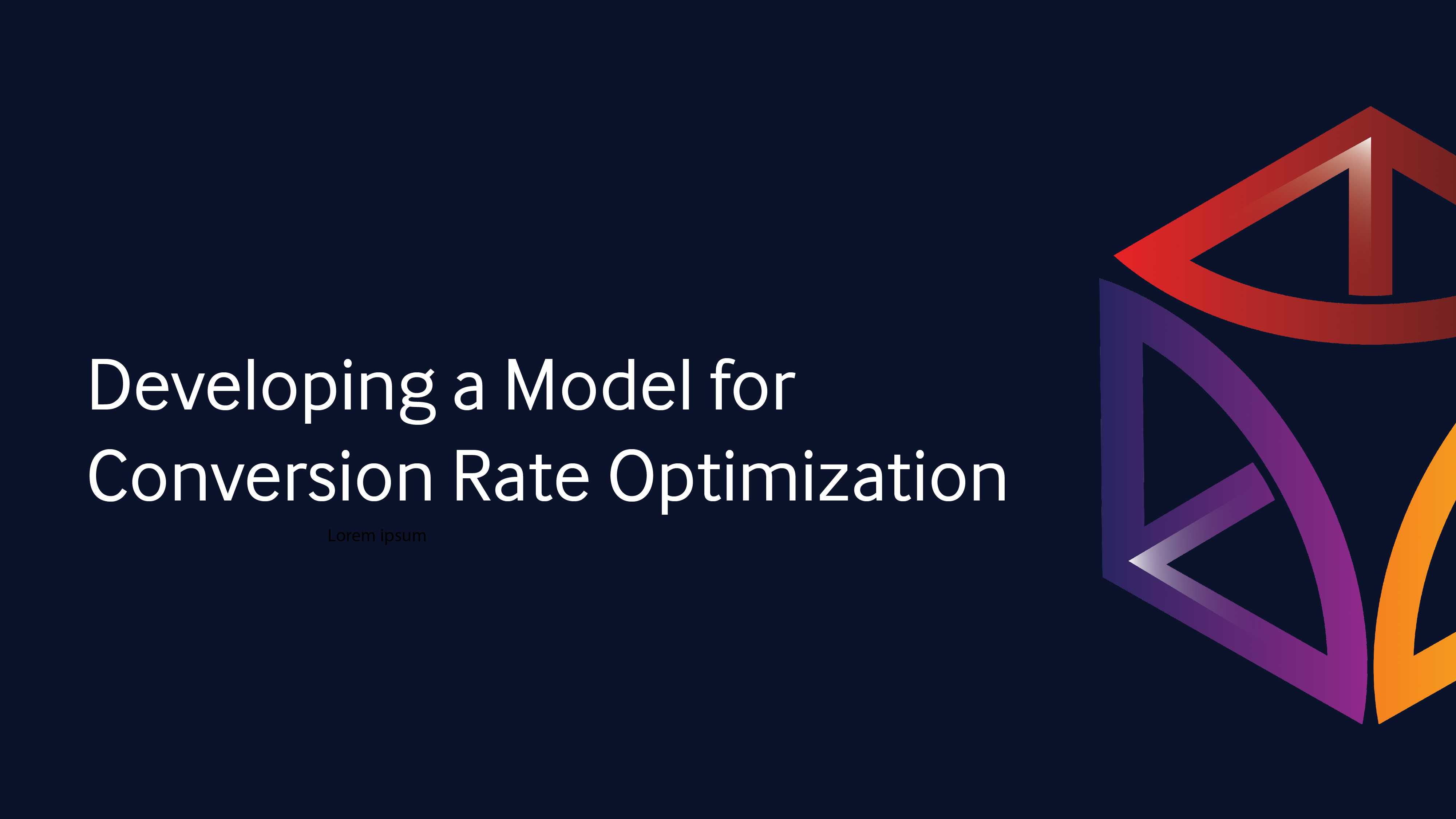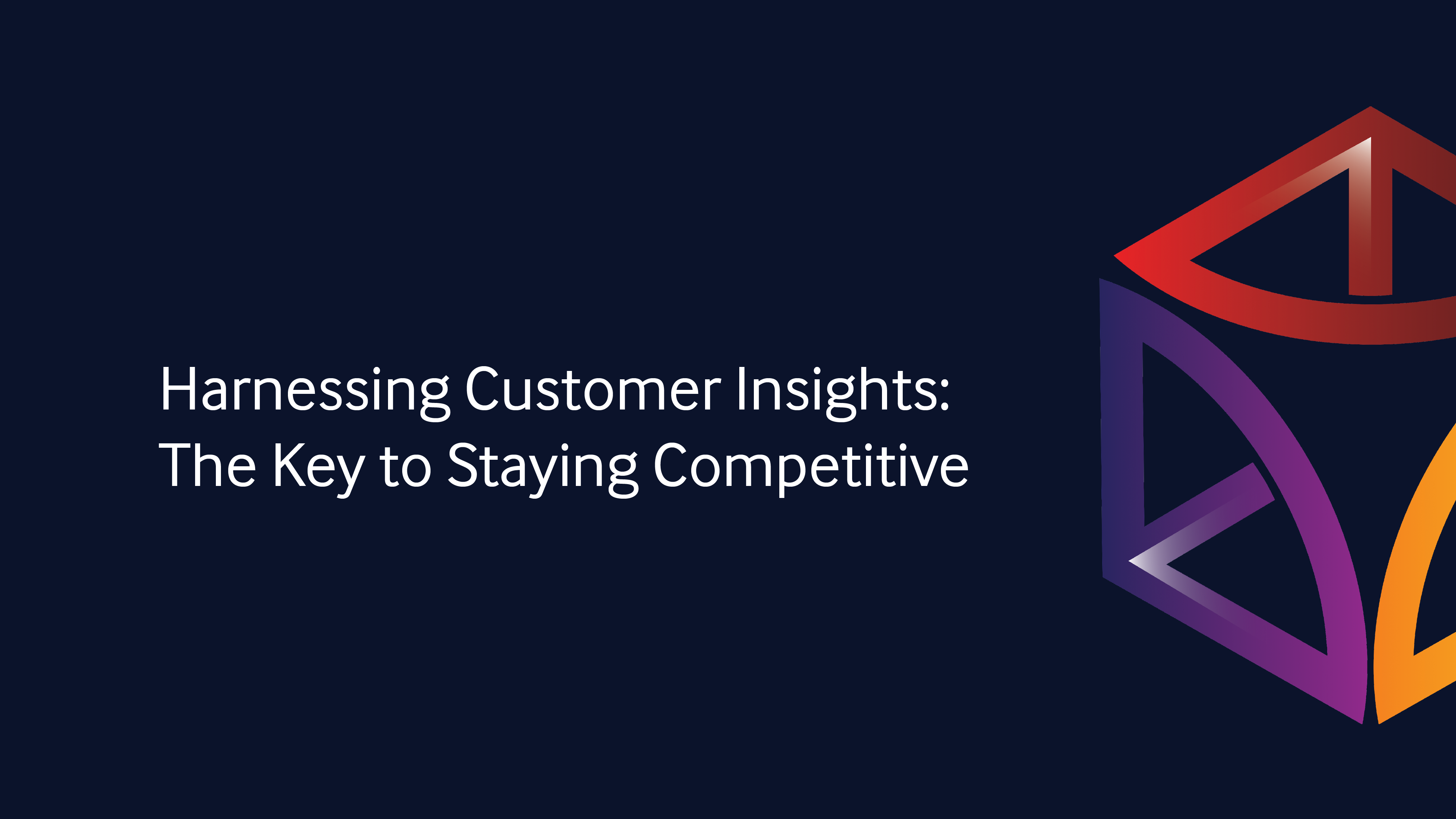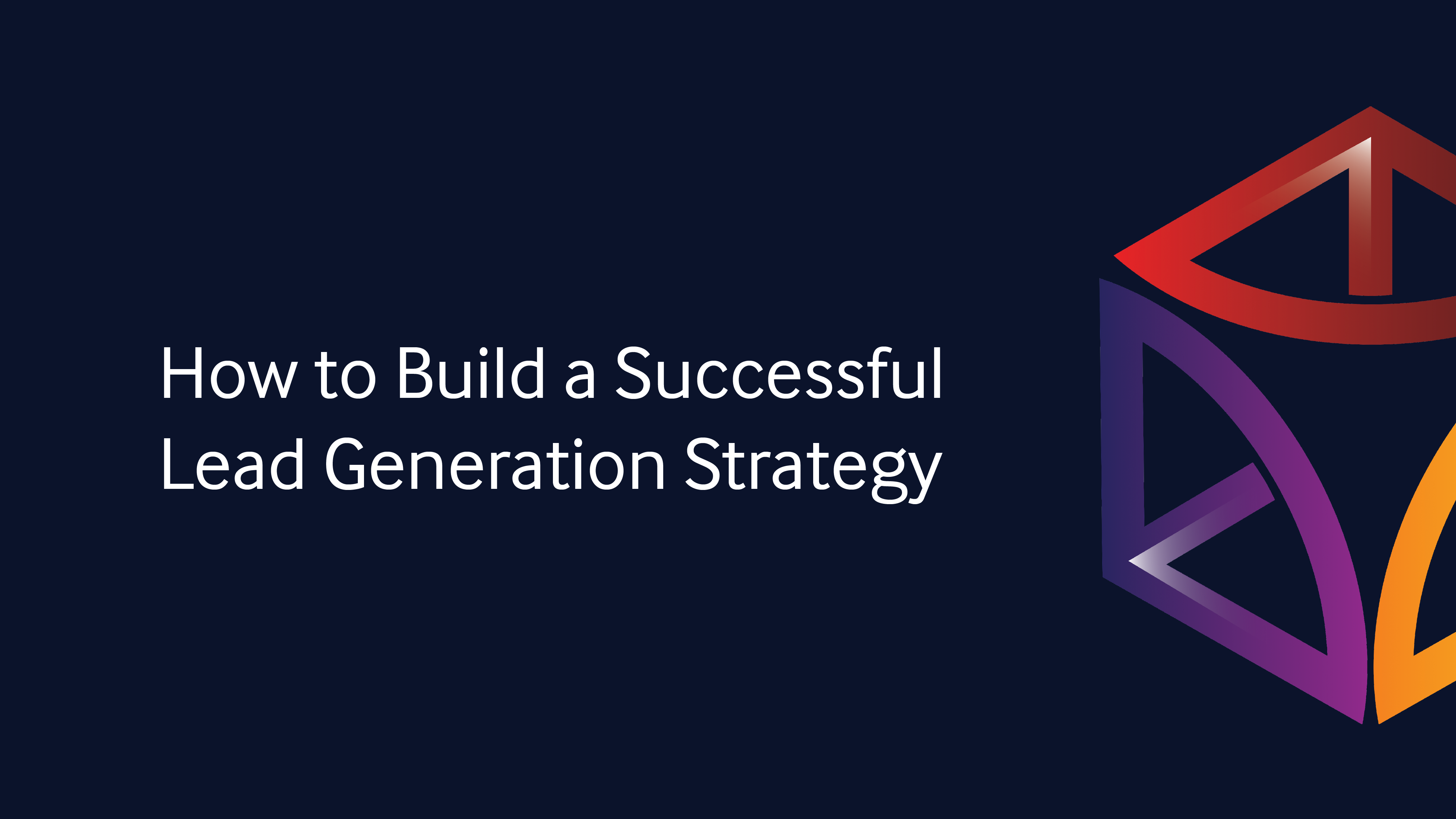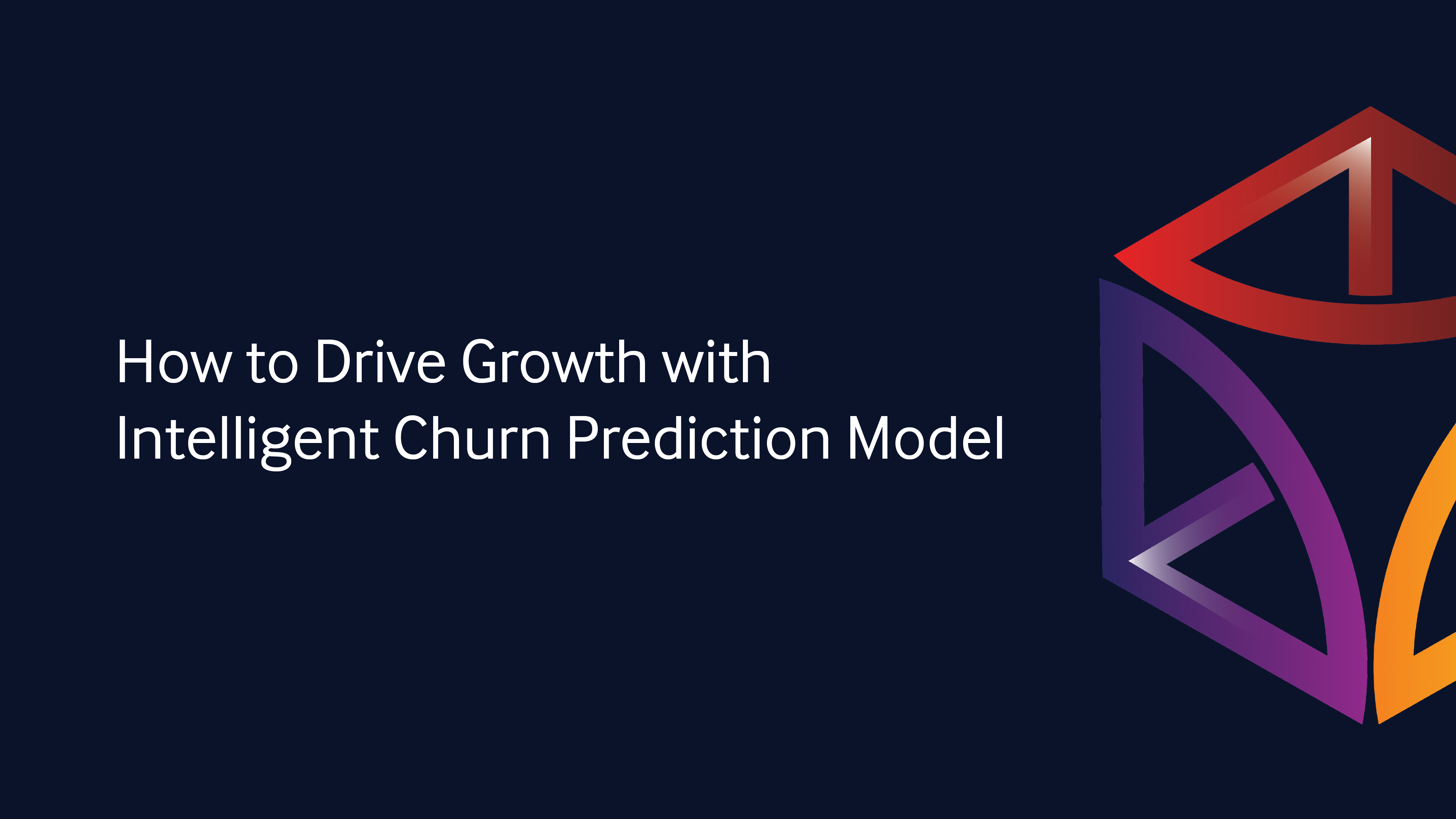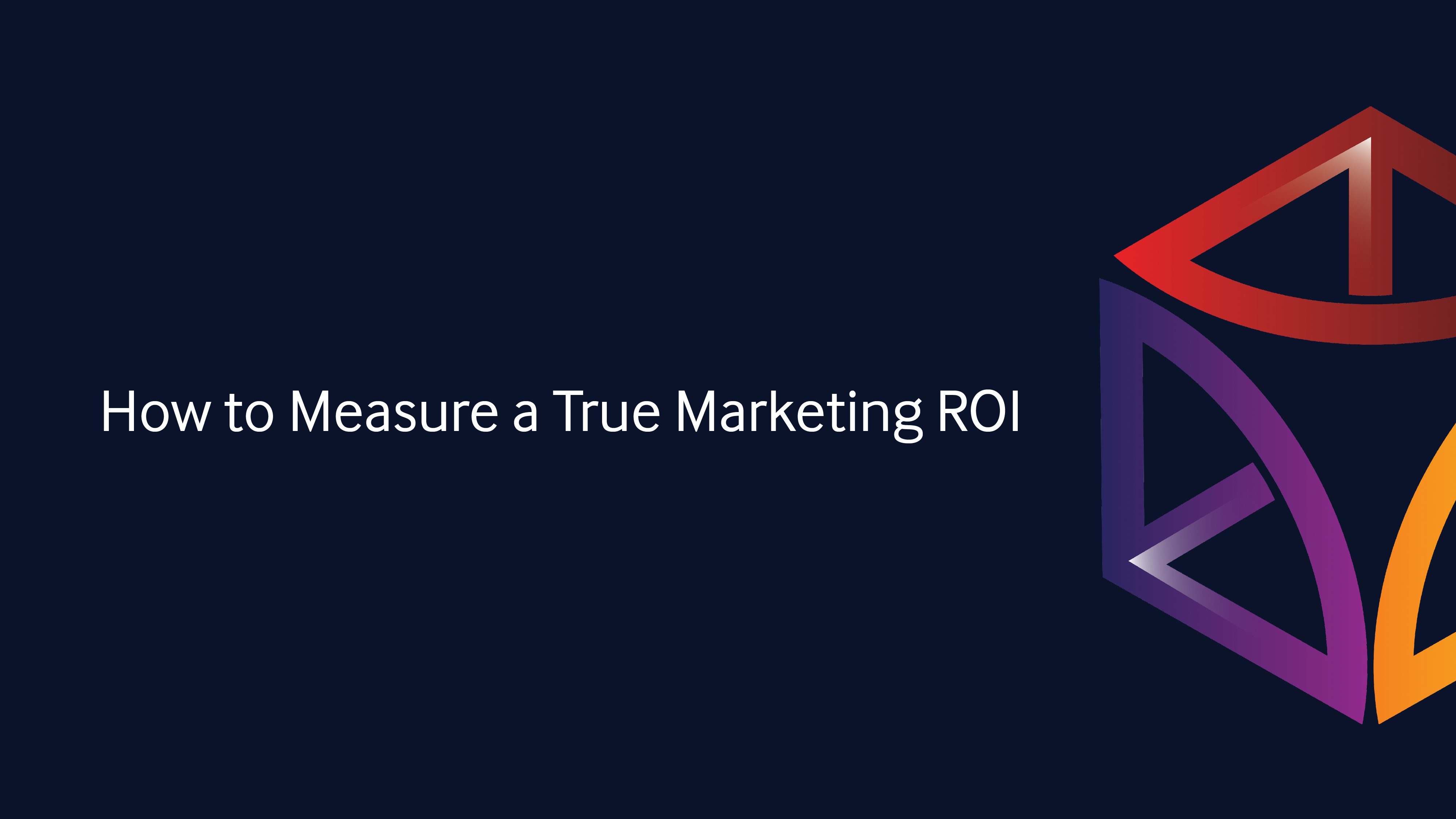

Elsa Petterson
Partner success manager @ Put It Forward
What has been a gamble years before, is now based purely on data – yes, we mean evaluating marketing returns. It is so thanks to the possibility of calculating marketing ROI, the return on investment from a company’s campaigns. But, how to do this correctly, how to measure a true marketing ROI? We will explain this here, so read on if you wish to discover the answer!
What is Marketing ROI?
Marketing ROI stands for marketing return on investment. It is a calculation of both the costs of a marketing campaign and the revenue generated by it. The aim of measuring it is simple: to discover how effective the acquisition efforts of your marketing team are.
Depending on the organization, marketing ROI may include numerous costs related to launching a successful campaign. It does not only have to encompass the basics: paying for advertising space, creating graphics, or recording a video. A marketing ROI may include all possible and measurable resources, e.g. spending and indicators of marketing performance.
Steps to Measure Your Marketing ROI
Measuring marketing ROI correctly is a multistep process – it cannot be done ad hoc, without proper planning. So, what are the steps to measure your marketing return on investment? Here they are:
Determine KPIs
The circumstances and context in which every business operates may vary. Therefore,t organizations might focus on different factors when determining their aims. In order to measure your marketing ROI correctly, you should choose the most valuable metrics for your business and set realistic KPIs. The range of choice includes:
- Cost per lead (CPL)
- Customer lifetime value (LTV)
- Customer acquisition costs (CAC)
- Conversion rates
- Purchase frequency (PF)
- Average order value (AOV)
- Customer average lifespan (CAL).
Tempting as it may be, remember that setting too many KPIs can do more harm than good. Thus, you should select only the 1-3 critical metrics that are the core for your marketing team.
Identify the attribution model
Attribution in marketing is all about one thing – identifying which touchpoints lead to conversions. Being able to find the most crucial ones lets you select the right attribution model – the set of rules that determine how credit for sales and conversion is assigned to particular touchpoints. You need to make a data-driven decision here, and select one of the following attribution models:
- First touch attribution: full credit goes to the first touchpoint
- Last touch attribution: full credit goes to the last touchpoint
- Time decay: the closer the touchpoint is to conversion, the more credit it receives
- Linear: equal credit for all touchpoints
- Multi-touch: considering several touchpoints and assigning credit depending on a logic specific to the particular business.
Determine what metrics to measure
Finally, you need to select the metrics that you want to measure in your MROI. These are the same ones that were present in the first step – setting KPIs. The number and kind of metrics that you choose may depend on several factors, such as:
- Market conditions
- Stage of your marketing campaigns
- Stage of your business
- KPIs
- Your business’s financial goals.
In general, the formulas can be as simple as LTV/CAC, or complex, multifactorial like (total revenue - total cost of products sold - marketing investment)/[marketing investment] x 100. It all depends on the abovementioned circumstances – sometimes simpler is better, and at other times you need complex measurements to calculate your ROI correctly.
How Automation Increases Marketing ROI
Knowing all about evaluating marketing returns, let’s delve into what we are experts at – automation. Marketing automation is a proven way to increase the marketing ROI. According to Nucleus Research, it returns an average of $5.44 for every dollar spent. What is more, it is estimated that investing in such a solution returns the initial costs in only 6 months.
Marketing automation software enables marketing teams to manage leads and customers more strategically. It has a wide array of functions – such software can even track leads and automatically retarget them to increase conversion rates even further. Thus, it should not be surprising that marketing teams quickly see measurable benefits of investment into automation – they simply work more efficiently.
There are numerous advantages of implementing automation to increase the marketing ROI. Here is our insight into the most crucial ones:
Increased efficiency
Sales and marketing processes naturally include a lot of repetitive tasks, which can be done quickly and effortlessly by implementing automation. As a result, your staff may focus on making true value – doing the creative work that matters the most. The capabilities of marketing automation software include:
- Scheduling automated e-mails/social media posts
- Triggering content
- Sending reminders.
There is no need for you and your team to conduct all the simple, repetitive, and low-value tasks. The efficiency is much higher, and you can achieve more even with a smaller team. Marketing automation also raises the potential to grow – your employees focus only on high-value business tasks and can accomplish more.
Raised quality of customer service
The key to success in this digital age is building an omnichannel customer experience. Yet, to do so, you need to collect data. And, with marketing automation, you have it at your disposal.
One of the key benefits of marketing automation is the fact that it unifies all touchpoints, giving you a full insight into your audience and delivering relevant, personalized content. This, on the other hand, leads to better customer satisfaction and a higher likelihood of conversion. Let’s look at an example.
Imagine that you are searching for automation solutions for the customer service department. After visiting the site of a potential provider, you will receive a follow-up email with a link to content that resonates with your needs. If you decide to download it and fill out a form attached to it, your data will get updated. As a result, you will be provided with customer service automation solutions tailored to your team’s needs.
If that impresses you, let’s put a reminder – all of this will be done automatically. There is no need for extra effort from the marketing team, while a personalized offer is delivered when a customer needs it.
Key Takeaways
Measuring true marketing ROI requires some preparation – you first need to set the right KPIs, then choose the right attribution model and finally decide on the most crucial metrics to use for the calculation. If you wish to increase your marketing return on investment, opt for marketing automated solutions – they are a proven way to elevate the profitability of your marketing campaigns. By using them, you can increase the efficiency of your team, enhance customer satisfaction, and optimize ROI.
You might also read: The Fundamental Guide to Account Based Marketing
Subscribe to our blog

